The acid and alkaline content of a substance is measured by a pH score. A pH of zero indicates a pure acid, a score of 14 represents a pure alkali, and a score of seven is neutral.
The human body is designed to be slightly alkaline, with blood that has a pH score of 7.4. The body works hard to maintain this pH, as this is where it is the healthiest. However, many common lifestyle and dietary habits drive the body's pH downward into the acid range.
There are two easy solutions: refrain from consuming foods that are either high in acid or that are alkaline but turned into acid when digested by the body; and consume large quantities of alkaline foods and acid foods that are turned into alkalines when digested by the body.
How Does an Alkaline Diet Work?
• To follow an alkaline diet, you should be concerned not with the food’s actual acid content, but with the food’s acid content once your body processes it. Lemons, for example, are acid – but they are actually one of the highest alkaline foods you can eat.
• Another potentially confusing aspect of an alkaline diet is the extent to which different health experts disagree about the alkalinity of various food types.
For example, some researchers believe that fruit is acid due to its sugar content, while others believe that the natural sugar found in fruit is not converted into acid when the body breaks it down. As a result, some people believe fruit is acid, while others consider it alkaline.
This is not especially worrying, however, since both sides place the specific fruits on which they disagree reasonably close to a neutral pH score on their food charts. You can therefore eat moderate amounts of fruit without worrying about acidity.
• Buy organic fruit and vegetables if you can. Insecticides and herbicides can add some acid to the food. If you cannot afford organic all the time, try to avoid at the very least the inorganic foods on the EWG’s Dirty Dozen list (2), as these contain the highest levels of chemical residues.
• An alkaline diet does not involve only alkaline foods; rather, it involves mostly alkaline foods. In fact, a purely alkaline diet excludes many of the best fibres and proteins, and can as a result be quite unhealthy.
If you eat approximately twice as much alkaline foods as acid foods, your diet will be sufficiently alkaline. If, for example, your daily food intake consists of 50 percent from the alkaline list, 25 per cent from the acid list, and the remaining 25 per cent from the roughly neutral list, you are off to a perfect start.
• Since it is neither possible nor wise to eliminate acid from your diet, you can increase your body’s alkaline score by simply improving the alkalinity of the two litres of water you drink daily. Many alkaline filters can achieve this.
Extremely and Moderately Acidic Foods
These are the foods and drinks that you want to eliminate completely from your diet, or eat only a small number of them as an occasional treat, to help you achieve your goal of being slightly alkaline.
-
Dairy: avoid cottage cheese, lard, soy milk, soy cheese.
-
Drinks: soft carbonated drinks and sweetened fruit juice should be gone. Limit your intake of coffee to an occasional treat. Your days at the pub are over, and those glasses of wine, cans of beer and cocktail shots at home are no more!
-
Fruits: Cranberries, prunes and pomegranate should be avoided.
-
Grains: white flour, white pasta, white bread and whole wheat foods that you buy from the deli are the worst. Surprisingly, even good whole grains like barley, rye, whole grain pasta, oat bran, corn and basmati rice are quite acidic. While yeast is not a grain, it can be found in almost all bread, and it is also highly acidic.
-
Meats and seafoods: eliminate beef, lamb, pork, turkey, salmon, shrimp, lobster, oyster, mussels, tuna and their ilk. Chicken and duck are not as bad, but limit their intake.
-
Nuts and seeds: surprisingly, hazelnuts, walnuts and Brazil nuts are highly acidic. Pistachio nuts, pecans and peanuts are not far behind, but you can eat them occasionally.
-
Oils: All hydrogenated oils, including margarine and vegetable oils, are extremely acidic.
-
Pulses: garbanzo beans, green peas, snow beans and other pulses not included on the other lists are relatively acidic and should be eaten only occasionally.
-
Sauces and seasoning: vinegar, tomato sauce made from tomatoes and vinegar, mustard and nutmeg are the worst offenders.
- Sweeteners: you should be done with white and brown sugar, jam, ice cream, chocolate and with all artificial sweeteners. Even pasteurised honey should be history.
Relatively Acidic Foods
These are the foods and drinks you should mostly avoid, but if you eat small quantities daily, and you balance it carefully with alkaline food, it is acceptable and will keep you healthy.
This is the group that upsets vegans the most, as it contains most vegan staples!
-
Dairy and eggs: cow and goat’s milk and butter.
-
Drinks: tea.
-
Fruit: plums, bananas, tomatos.
-
Grains: buckwheat, seitan, spelt, tapioca and teff.
-
Meat: game meat, chicken, goose, duck and mutton.
-
Pulses: adzuki beans, kidney beans, lima beans, navy beans, pinto beans, red beans, soybeans, tempeh, tofu and white beans. Experts still disagree about soy beans and tempeh. Most list it as acidic, but some believe it is mildly alkaline.
-
Sauces and seasoning: balsamic vinegar, vanilla, miso and tamari. There is much disagreement regarding the alkalinity of table salt, since it does contain the high-alkaline mineral sodium, but table salt is also heavily processed. Avoid it if you can. Miso and tamari are sometimes listed as mildly alkaline, but most experts believe that all fermented foods produce acid once they are processed.
- Vegetables: Skinless potatoes.
Neutral Foods
These are foods you can eat daily in a good balance with other foods that are acid and alkaline.
-
Dairy and eggs: if you live on a farm and can drink unprocessed milk, go ahead.
-
Drinks: ginger tea and grain coffee.
-
Fruit: dates, most dried fruits, figs, guavas, rhubarb, blueberries, currants, grapes, oranges, raisins and strawberries.
-
Grains: amaranth, brown rice, japonica rice, millet, oatmeal, quinoa and wild rice.
-
Nuts and seeds: coconuts and pine nuts.
-
Oils: Pressed or rolled vegetable oils like pumpkin seed oil, avocado oil, coconut oil, flax oil, hemp seed oil and olive oil.
-
Pulses: black-eyed peas, fava beans, string beans and wax beans.
-
Sauces and seasoning: chutney, curry and umeboshi vinegar.
-
Sweeteners: raw honey and maple syrup.
- Vegetables: spinach, courgettes, beets, Brussel sprouts, celery, chives, cilantro, cucumber, lettuces, squashes and turnip greens. Some experts believe that mushrooms are slightly alkaline, while others think that all fungi are slightly acidic.
Relatively Alkaline Foods
Scatter them liberally throughout your daily diet.
-
Dairy and eggs: egg yolks.
-
Drinks: green tea (including matcha green tea)
-
Fruit: Avocado, Blackberries, cherries, papaya, peaches and pears.
-
Nuts and seeds: almonds and sesame seeds.
-
Oils: cod liver oil.
-
Sauces and seasoning: apple cider vinegar, brown rice vinegar, Ginseng, bell peppers and nutritional yeast.
-
Sweeteners: raw honey and rice syrup.
- Vegetables: Jerusalem artichokes, cabbage, cauliflowers, collard greens, eggplant, leeks, potatoes, pumpkins, radishes, sprouts and watercress.
Extremely Alkaline and Moderately Alkaline Foods
Sprinkle them into every meal and eat them as snacks.
-
Drinks: banchi tea and dandelion tea.
-
Fruit: Apricots, apples, cantaloupe, dewberries, grapefruit, kiwifruit, mango, passion fruit, raspberries, watermelon, umeboshi plums, tangerines, pineapple, nectarines, limes and lemons.
-
Nuts and seeds: cashew nuts, chestnuts and pumpkin seed.
-
Pulses: fresh green beans and fresh peas. Most charts place lentils in this group, although some people argue that it is mildly acidic.
-
Sauces and seasoning: spirulina, cayenne, garlic, sea salt, fresh ginger, parsley and all green leafy herbs.
-
Sweeteners: molasses.
- Vegetables: Arugula, asparagus, broccoli, carrots, endive, kale, dulse, kelp, mustard greens, parsnip, turnip, sweet potatoes and onions.
Conclusion
Pick your food from the lists above, so you eat approximately 50 per cent of your daily food from the alkaline lists, 25 per cent from the neutral list and 25 per cent from the acid lists.
This will ensure that you consume all the required nutrients without consuming too much acid. As mentioned above, you can also acquire a water filter that will contribute significantly to your alkaline intake.
There are a few nutritional supplements which can greatly support your goals while you follow an alkaline diet. The best ones to consider are an alkalising greens powder such as Green Vibrance or pHresh Greens; an alkaline mineral salt like Progurt PH Sachets and a plant-based protein such as Maximum Vibrance.
Water for Health Ltd began trading in 2007 with the goal of positively affecting the lives of many. We still retain that mission because we believe that proper hydration and nutrition can make a massive difference to people’s health and quality of life. Click here to find out more.
Sources
1. Hopkins E, Sanvictores T, Sharma S. Physiology, Acid Base Balance. [Updated 2022 Sep 12]. In: StatPearls [Internet]. Treasure Island (FL): StatPearls Publishing; 2024 Jan. https://www.ncbi.nlm.nih.gov/books/NBK507807/
2. EWG. EWG's 2024 Shopper's Guide to Pesticides in Produce. The 2024 Dirty Dozen. https://www.ewg.org/foodnews/dirty-dozen.php




















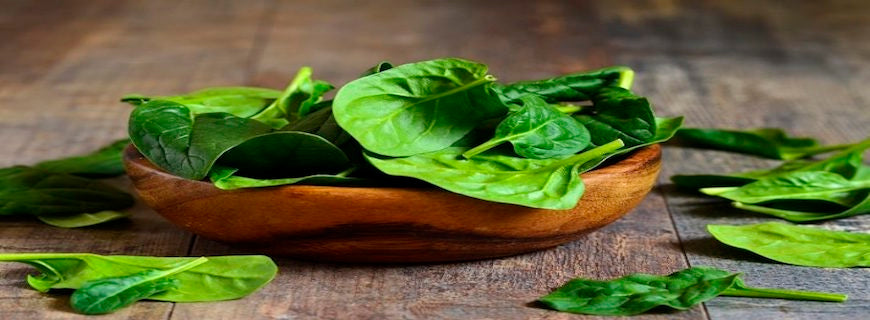



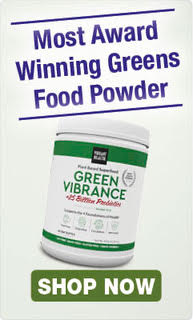
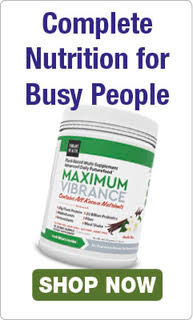
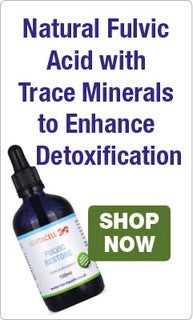
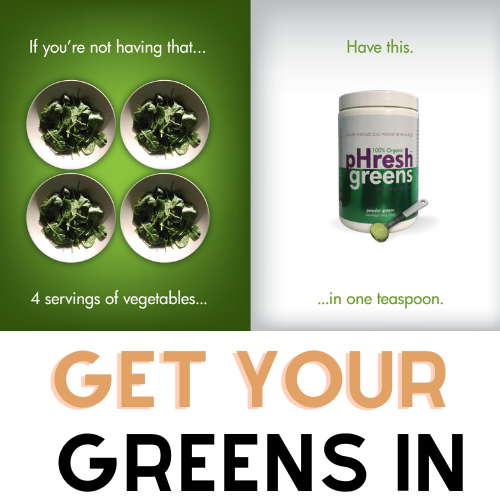
Leave a comment